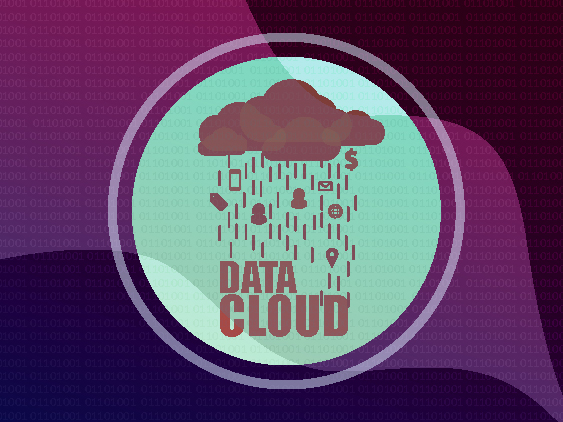The automation design canvas will automate the process of moving workloads from on-premises servers to the cloud and play a key role in disaster recovery.
Cohesity launched its newest offering, an application named ‘Cohesity Runbook’ that provides organizations with a new automation design canvas. It will be available through the Cohesity Marketplace. It makes it extremely easy for enterprises to migrate workloads thoroughly between on-premises data centers and the public cloud. Many organizations have already been using Cohesity DataProtect to back up their data easily; they can now make use of Cohesity Runbook to move the data to the cloud.
Cohesity Runbook can be integrated with preferred infrastructure-as-code automation tools for developers to continue using familiar tools in addition to availing the benefits of this application. It provides admin professionals with a graphical design canvas that they can use to drag, drop, and design automation workflows. This helps ensure that the right sequences happen in the right order as workloads are moved from one location to the other. This is a major advantage that will help administrators save a lot of time and hassles that they would otherwise encounter while moving workloads to the cloud.
HR Technology News: Symphony Talent Accelerates Experience Cloud Talent Marketing with Omnichannel Messaging Launch
Cloud Storage In Disaster Recovery Management
As per a recent survey Mass Data Fragmentation in the Cloud: Global Market Study, 98% of respondents expect their firm’s public cloud-based storage to increase by 93% by the end of 2019. Raj Rajamani, vice president of products, Cohesity quoted, “The complexity and manual tasks associated with moving workloads to the cloud is a critical challenge for enterprises that want to take a modern approach to their infrastructure, and without the right automated tools, the problem is just going to get worse.”
As more and more organizations are now relying on the cloud for everything from development/testing to security to disaster recovery, this app becomes an extreme necessity. The new automation design canvas will automate the process of moving workloads from on-premises servers to the cloud and play a key role in disaster recovery to the cloud. Furthermore, the cloud can be the ideal place to failover instead of maintaining a costly alternate data center.
HR Technology News: BetterUp Continues to Impress in Employee Experience HR Tech Category
A number of manual processes, scripts, dependencies, and boot sequences would be bypassed by the help of the fast and reliable Cohesity Runbook. Even if a step is performed incorrectly, it will easily spin up new environments and get rid of the risk of problems caused by manual setup errors. The application provides administrators with the ability to create their own precise, step-by-step blueprint, making it simpler for their organizations to take advantage of the cloud for application migration and failover.
At this moment, Cohesity Runbook supports disaster recovery and cloud workload migrations for Virtual Machines (VMs) to Amazon Web Services (AWS), but other clouds will be added to the list soon. In addition, Cohesity will also look into other use cases beyond disaster recovery in the days to come. Infrastructure automation and the intelligent management of data will become much more a reality with Cohesity Runbook.
HR Technology News: Survey Reveals Global Differences in Employees’ Awareness and Training Around Data Privacy Policies

